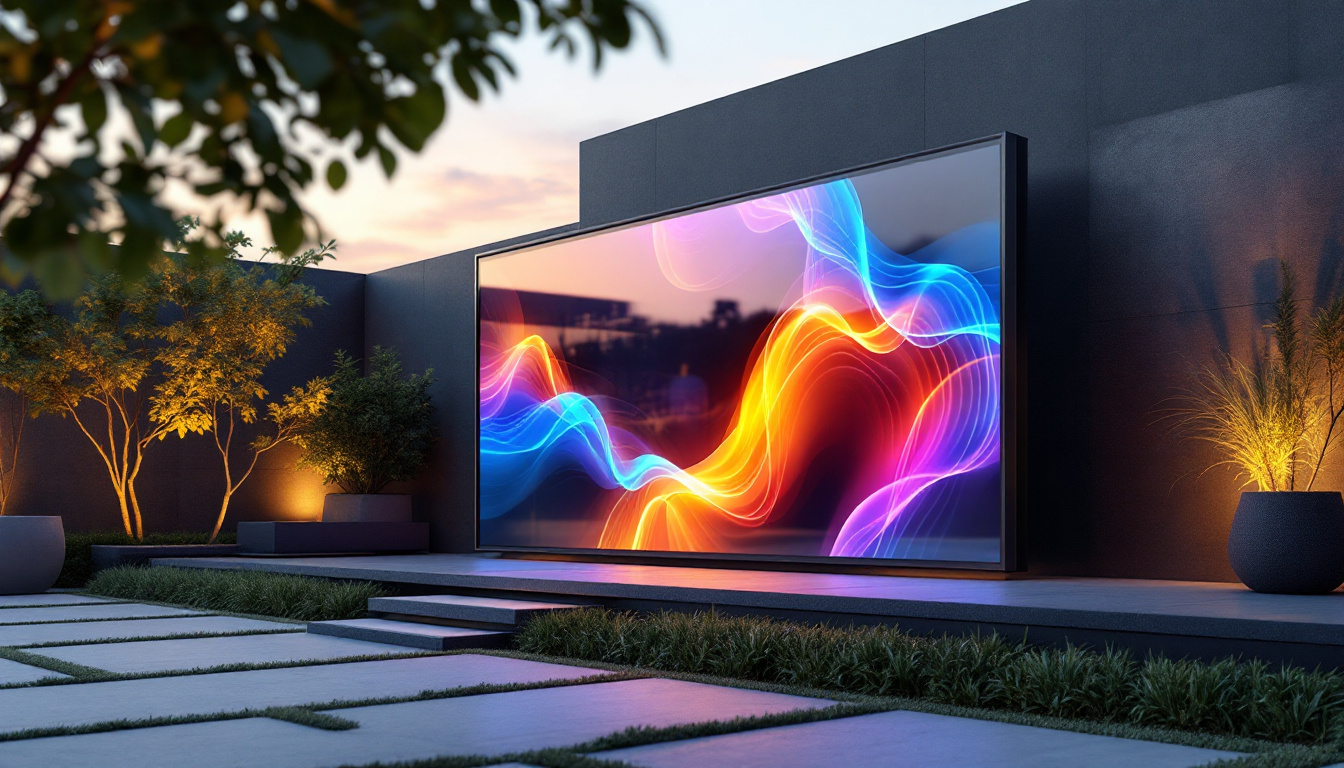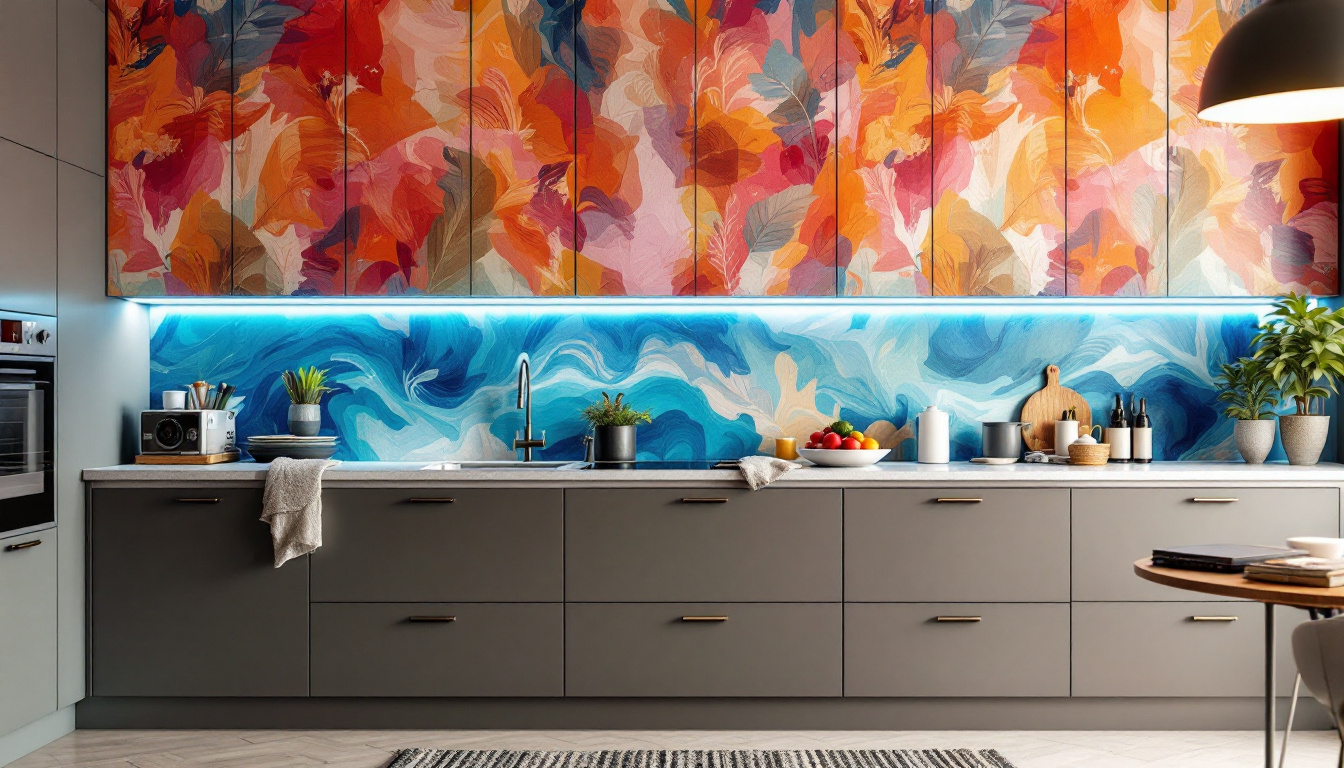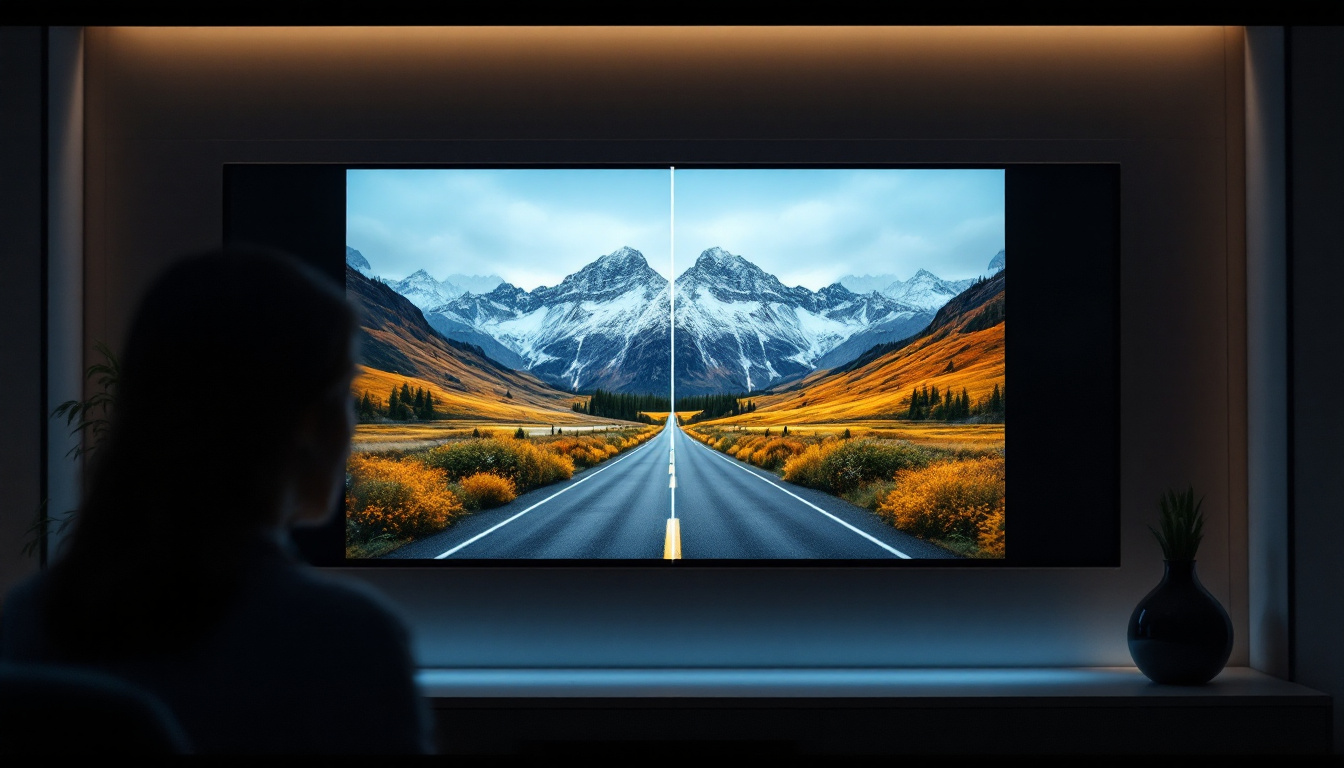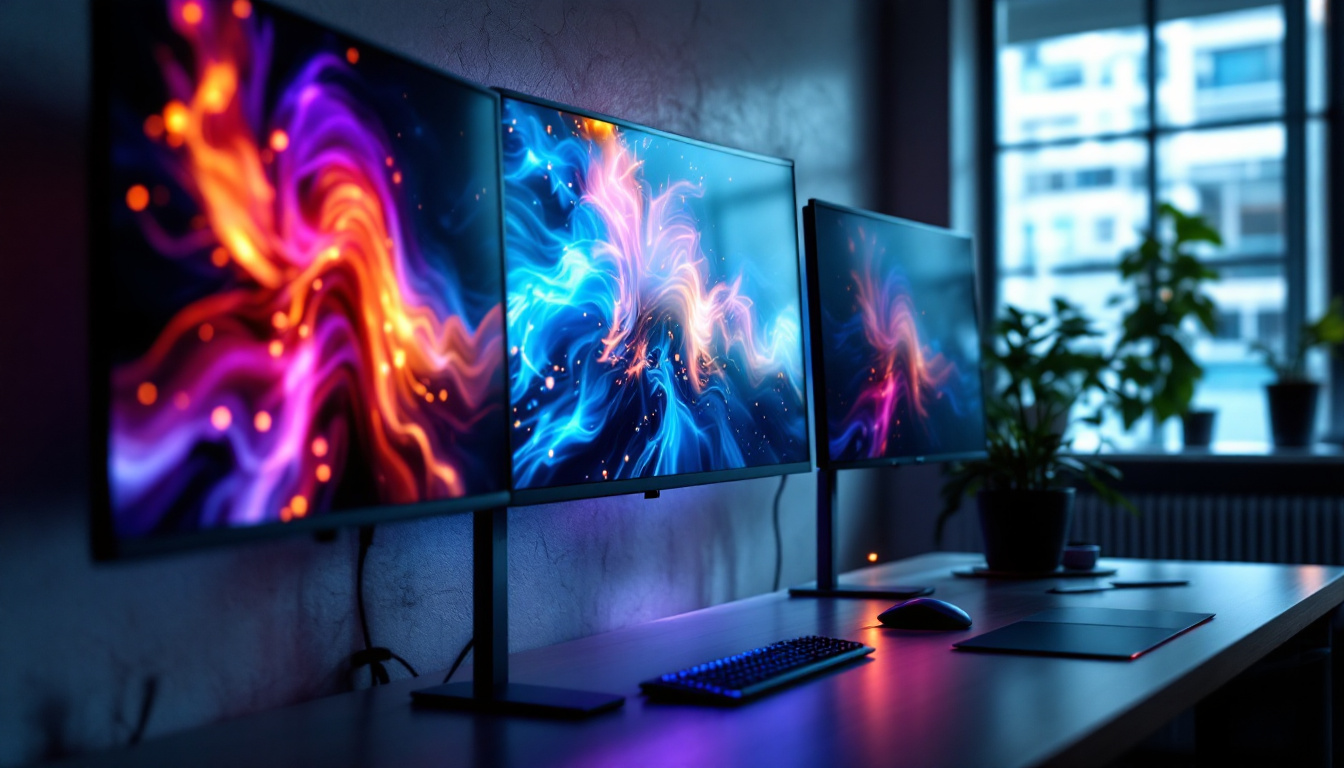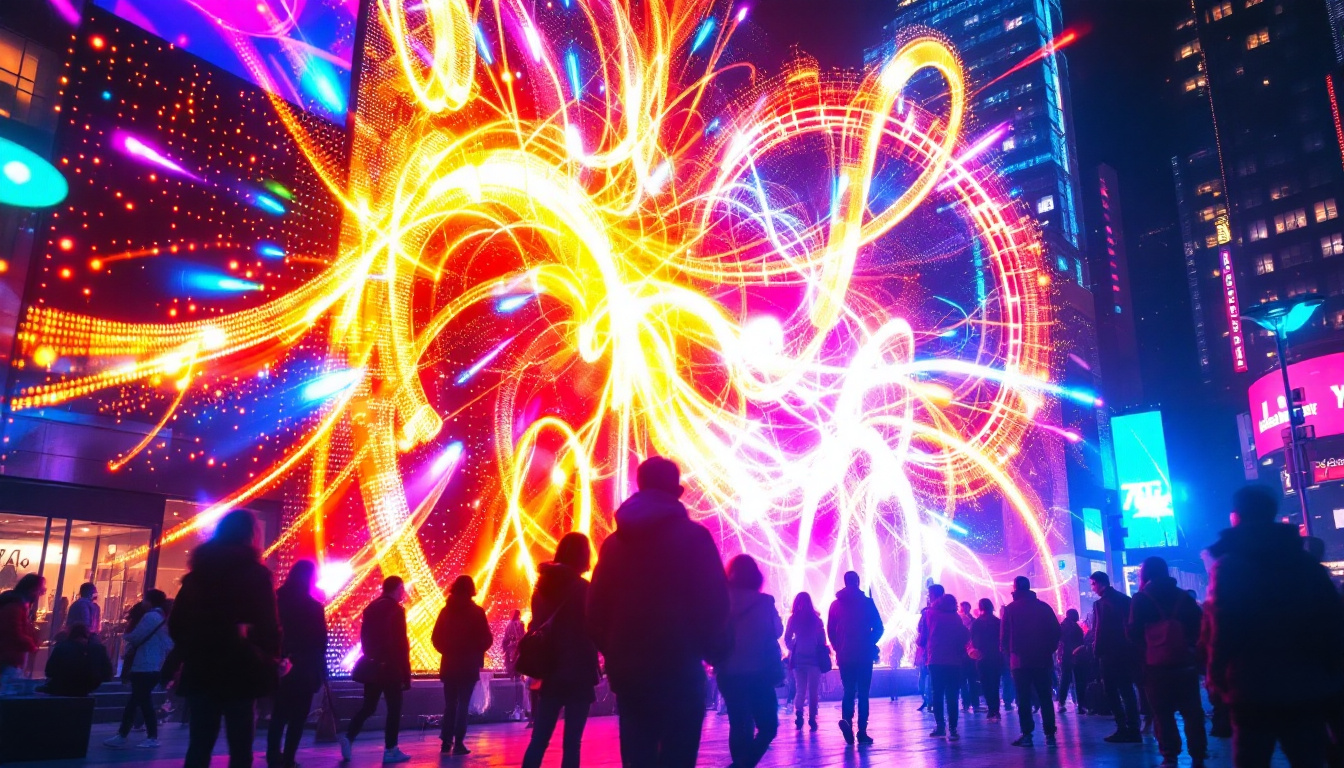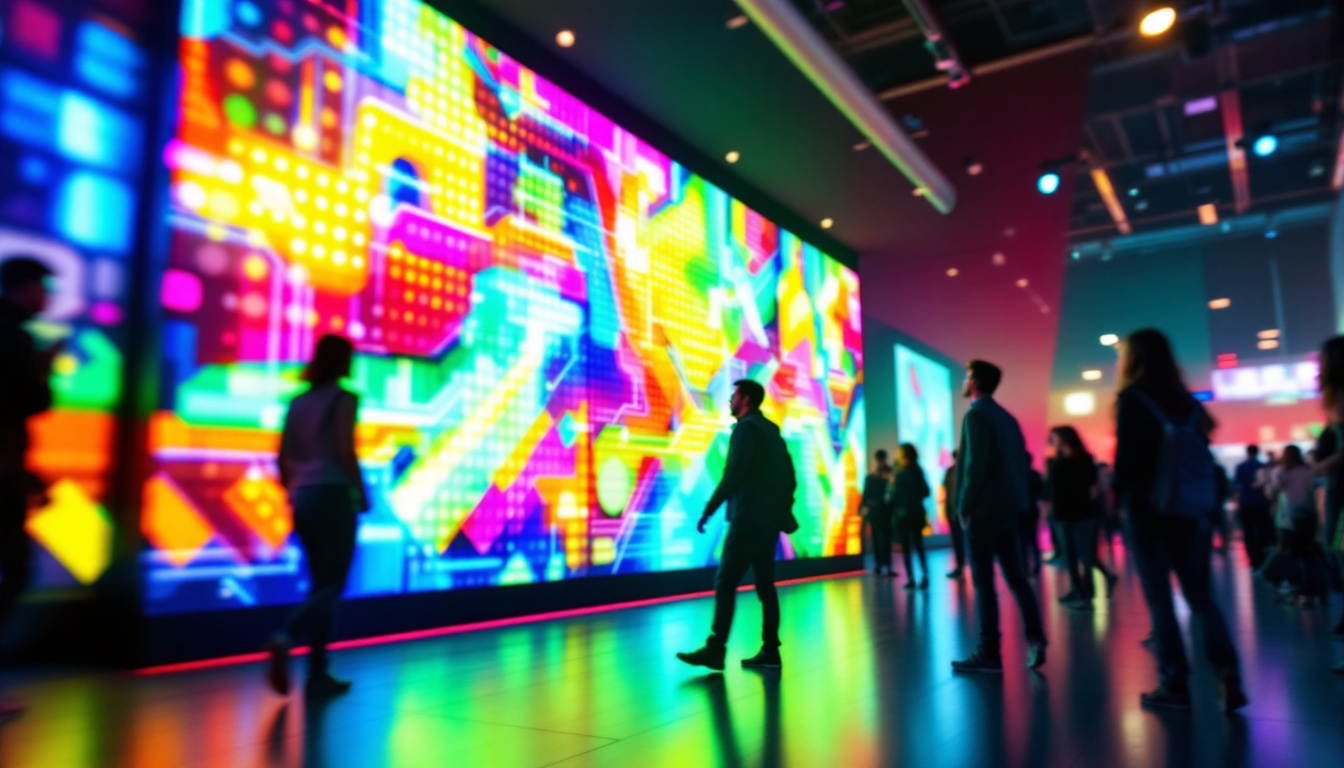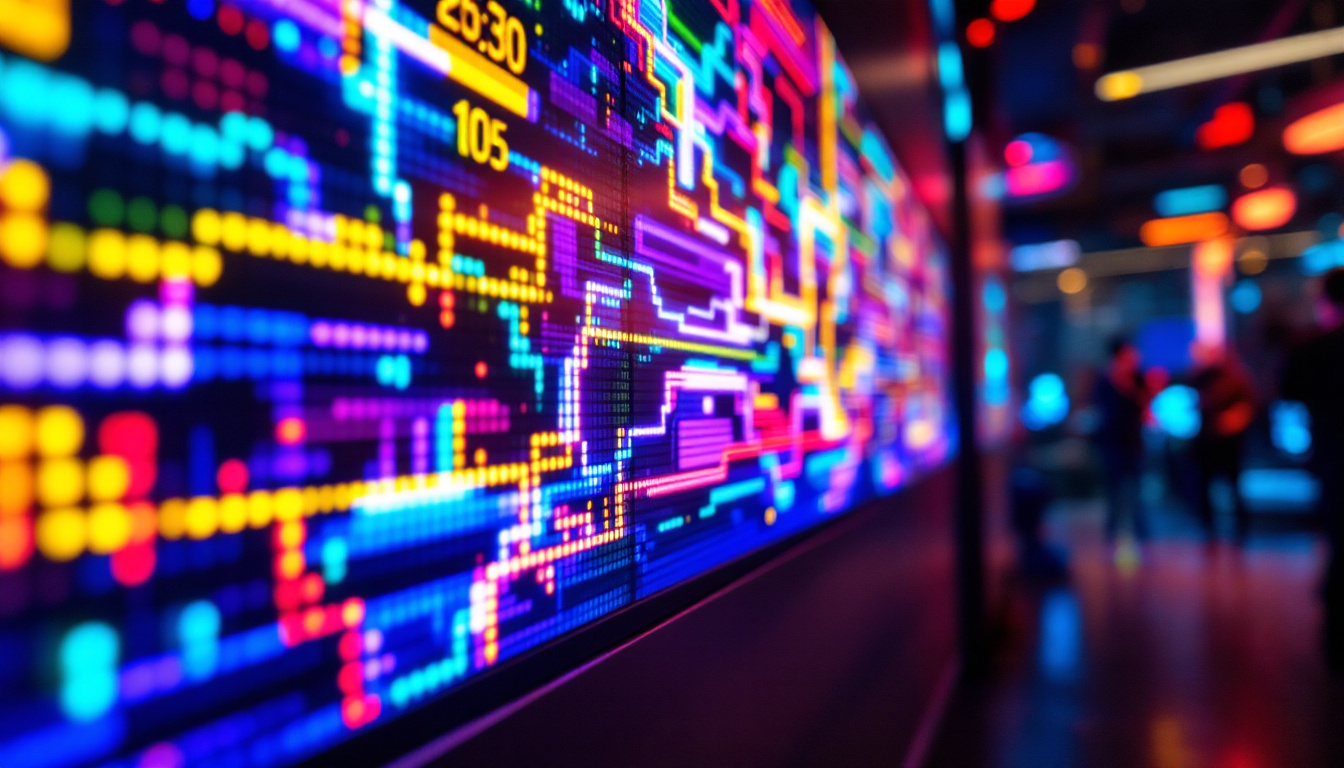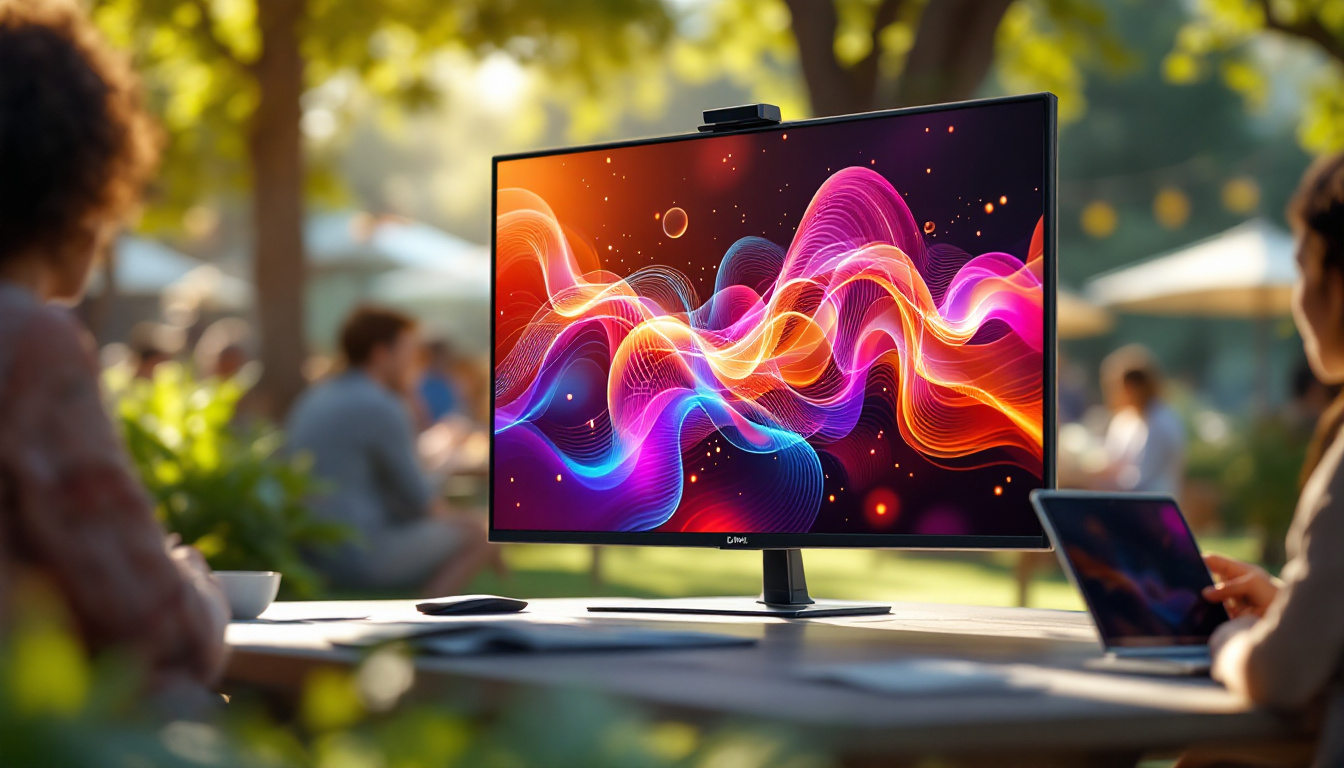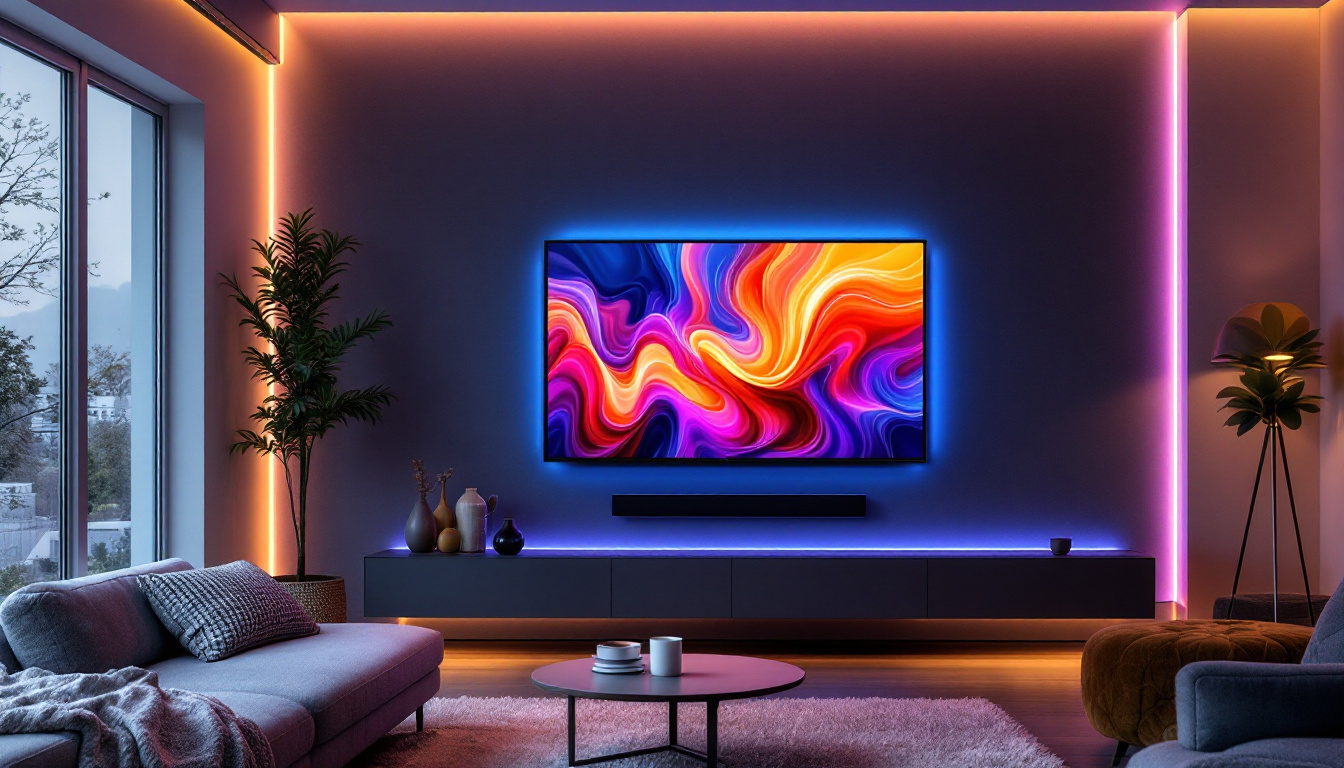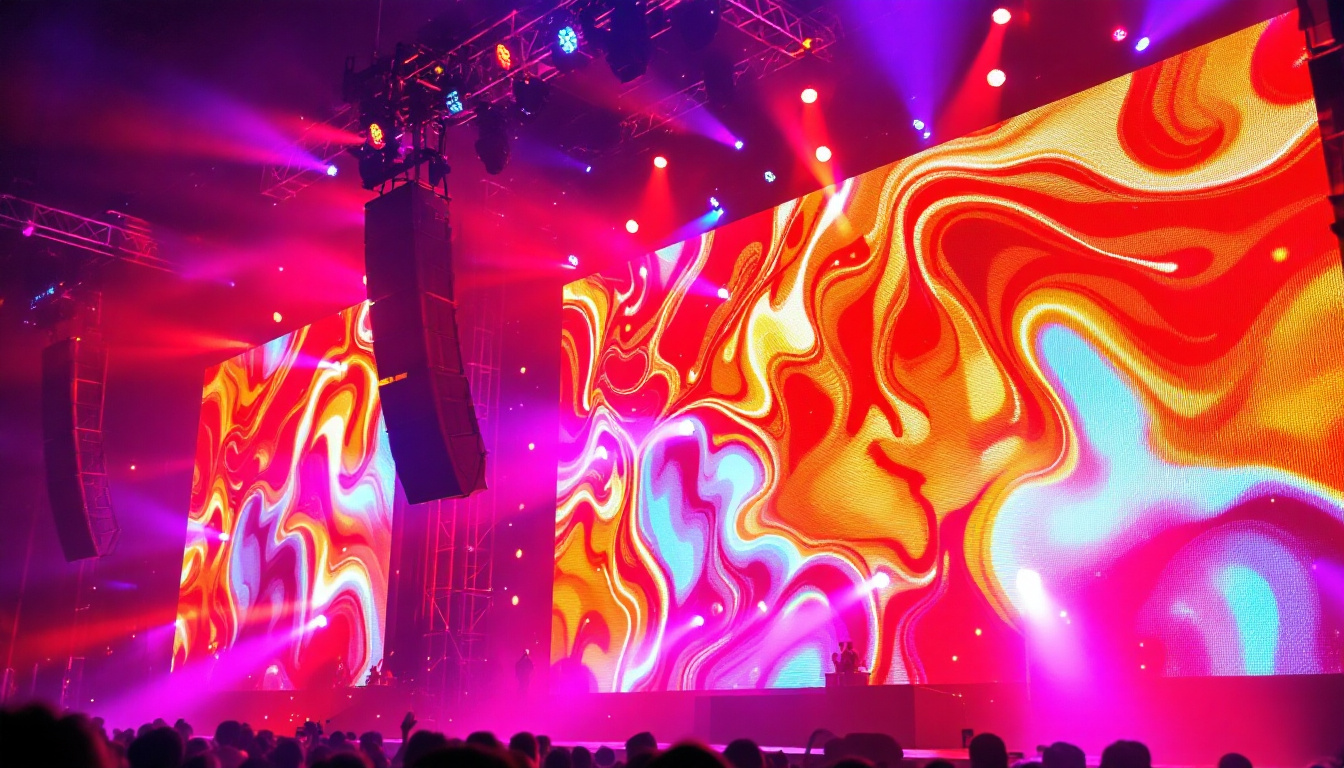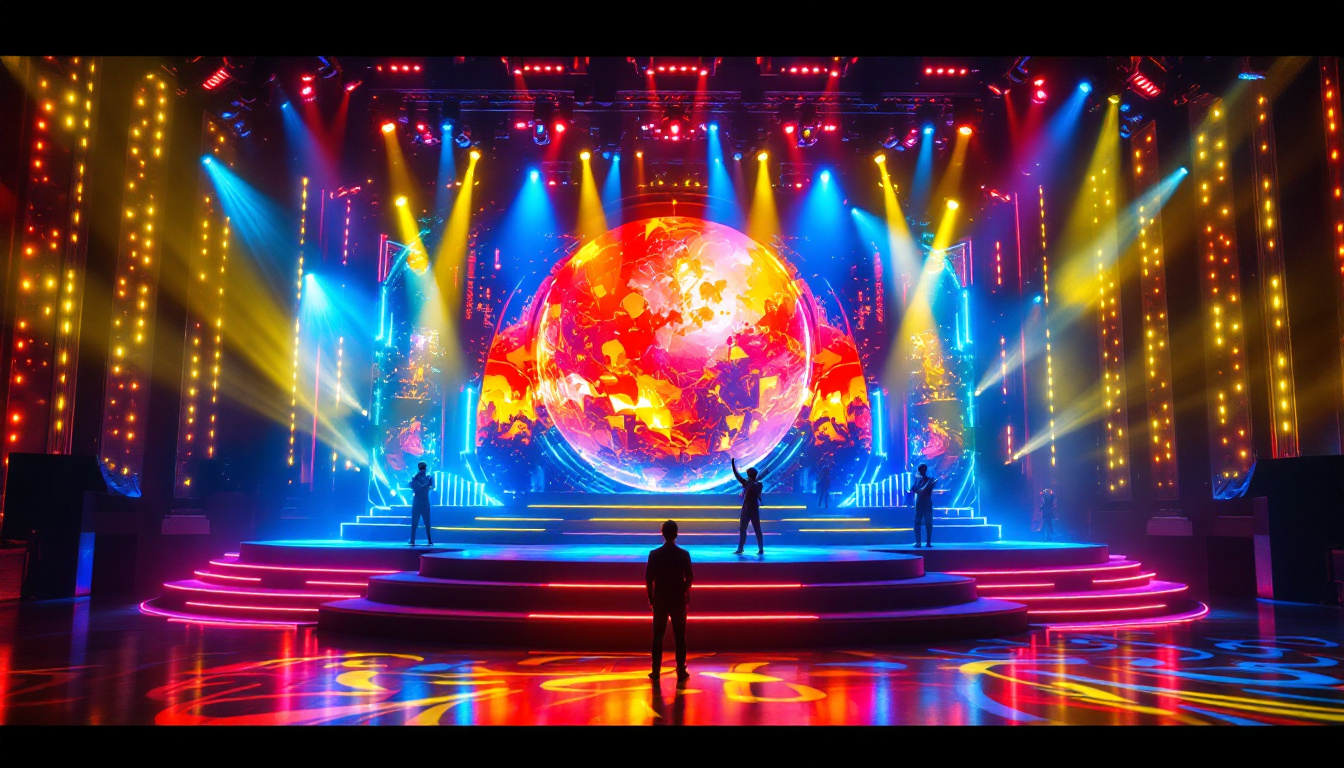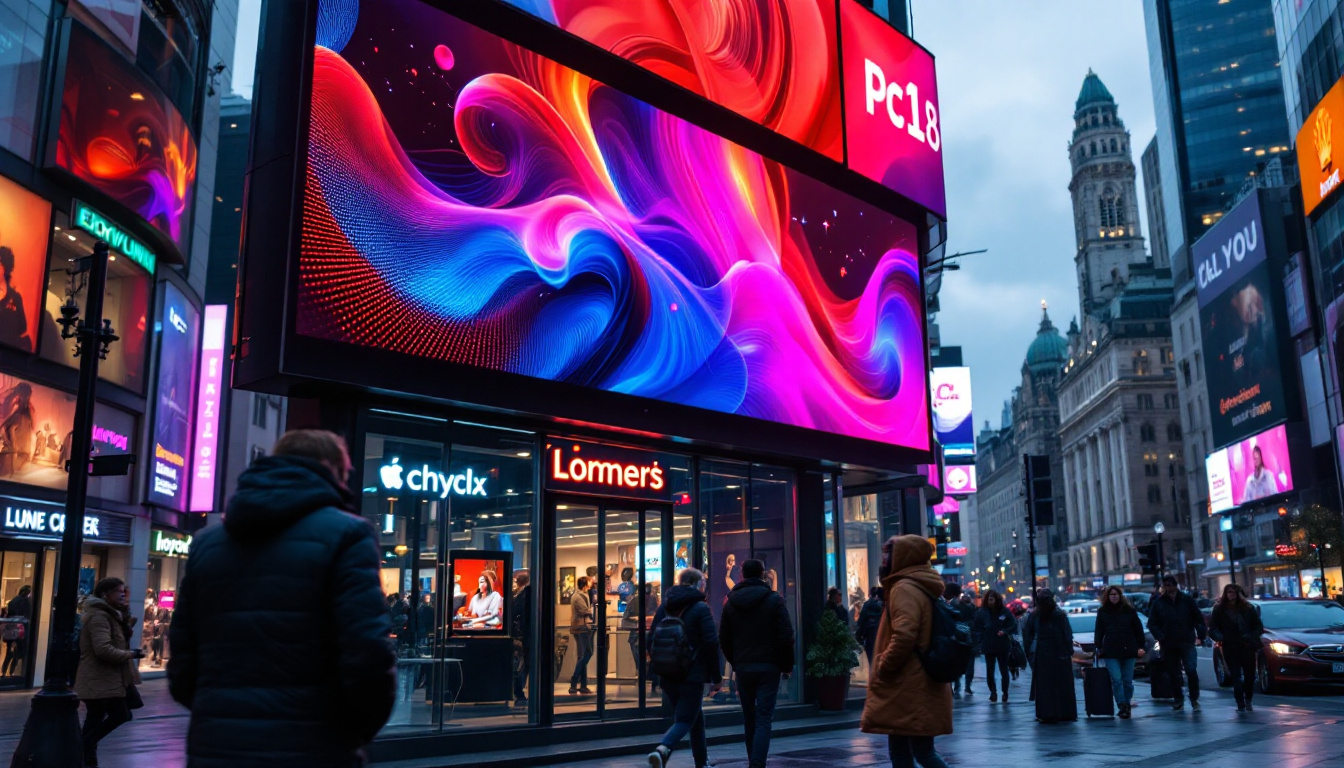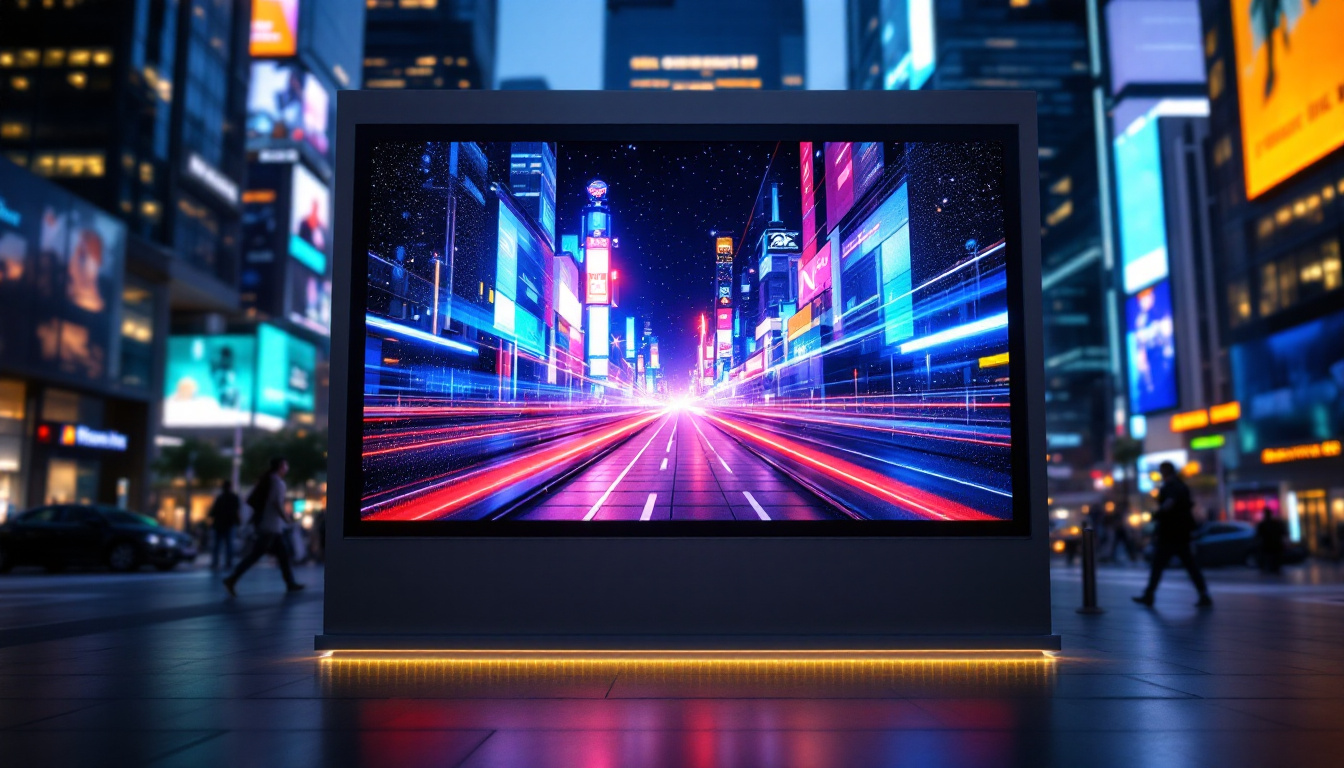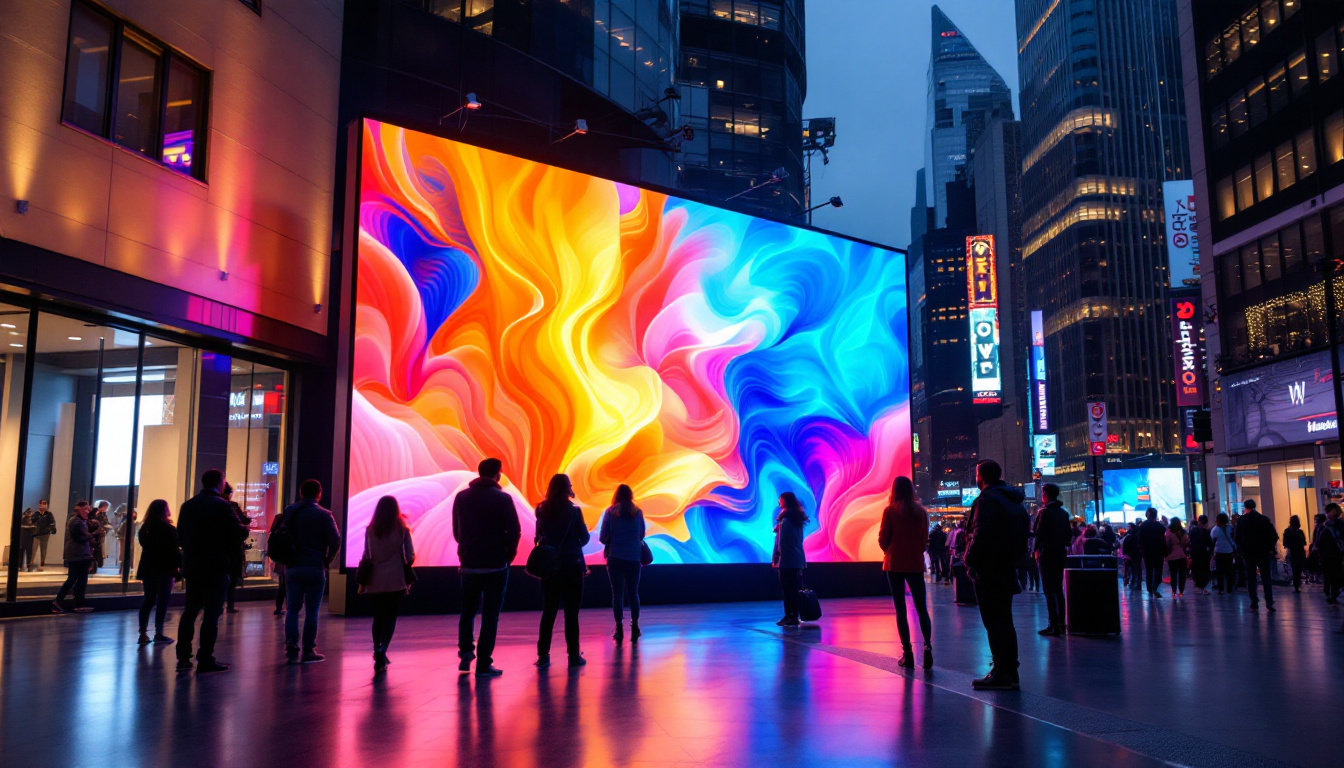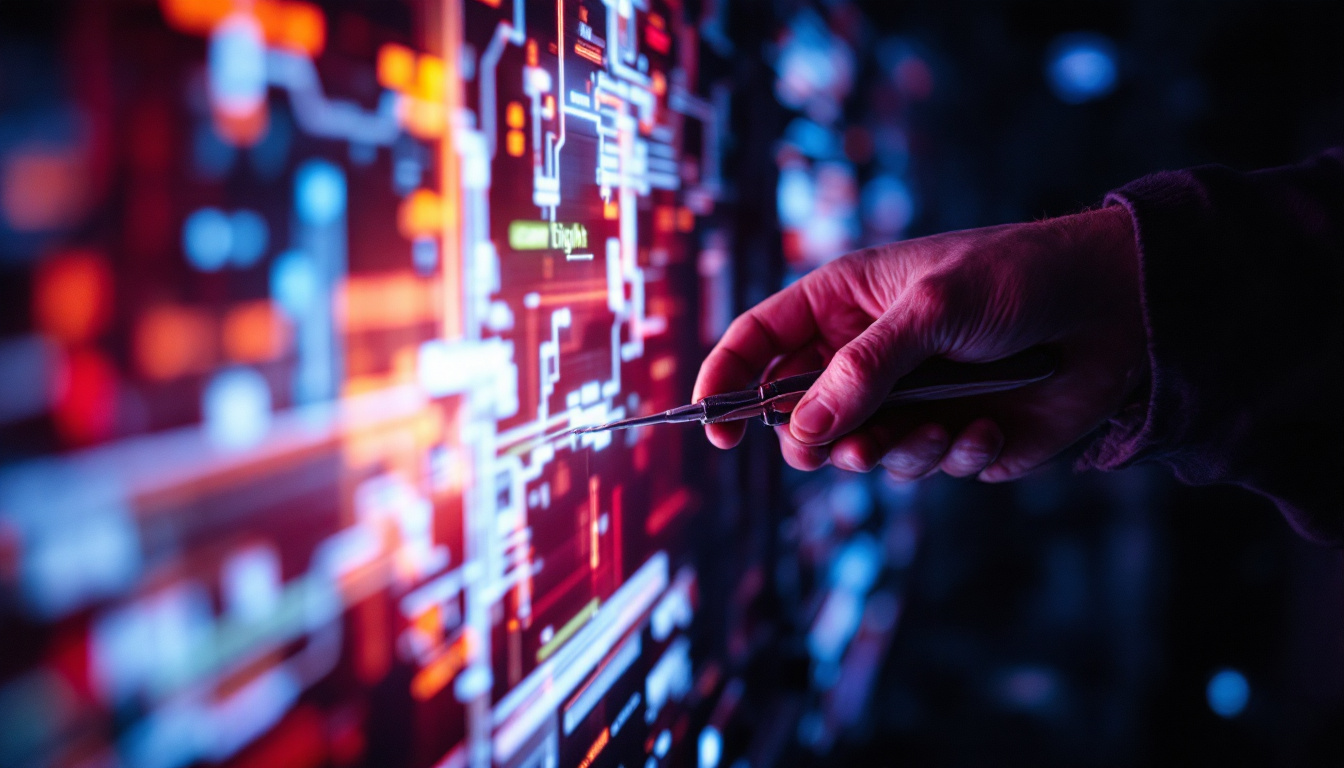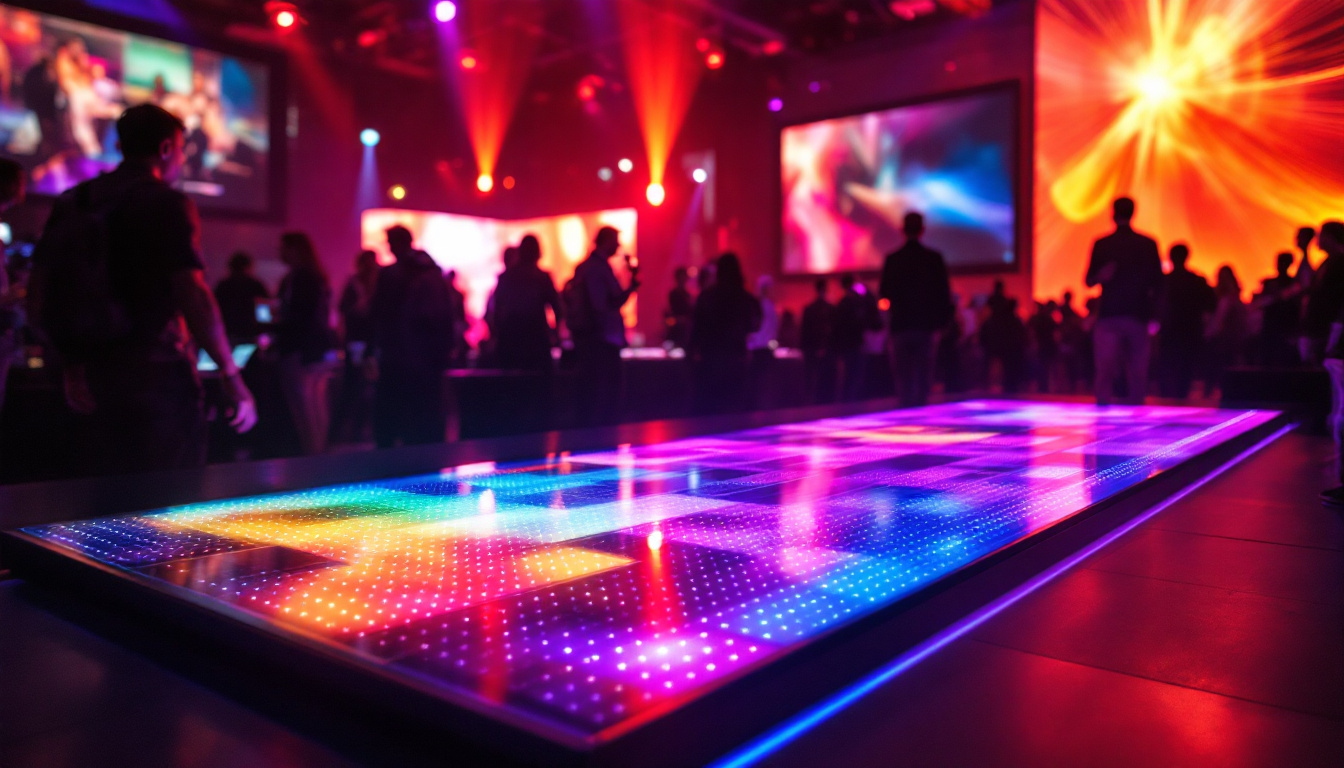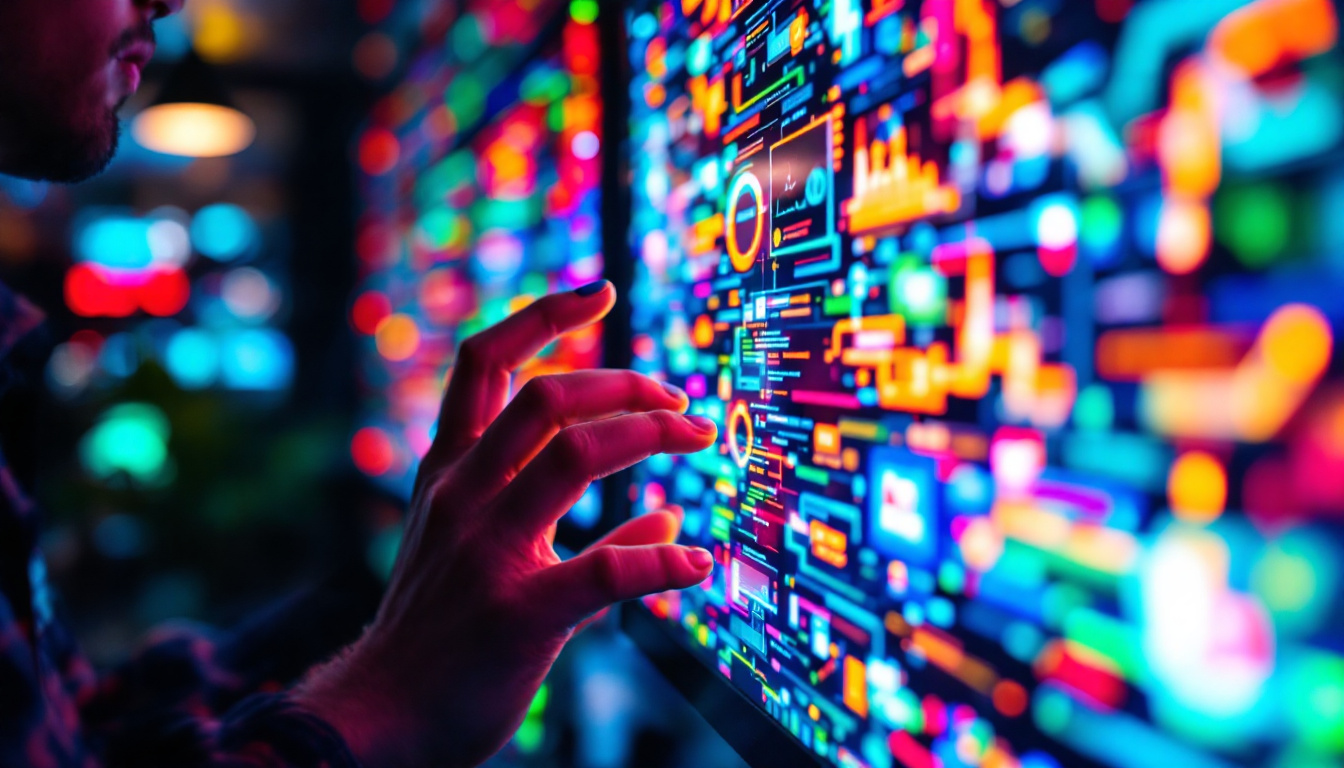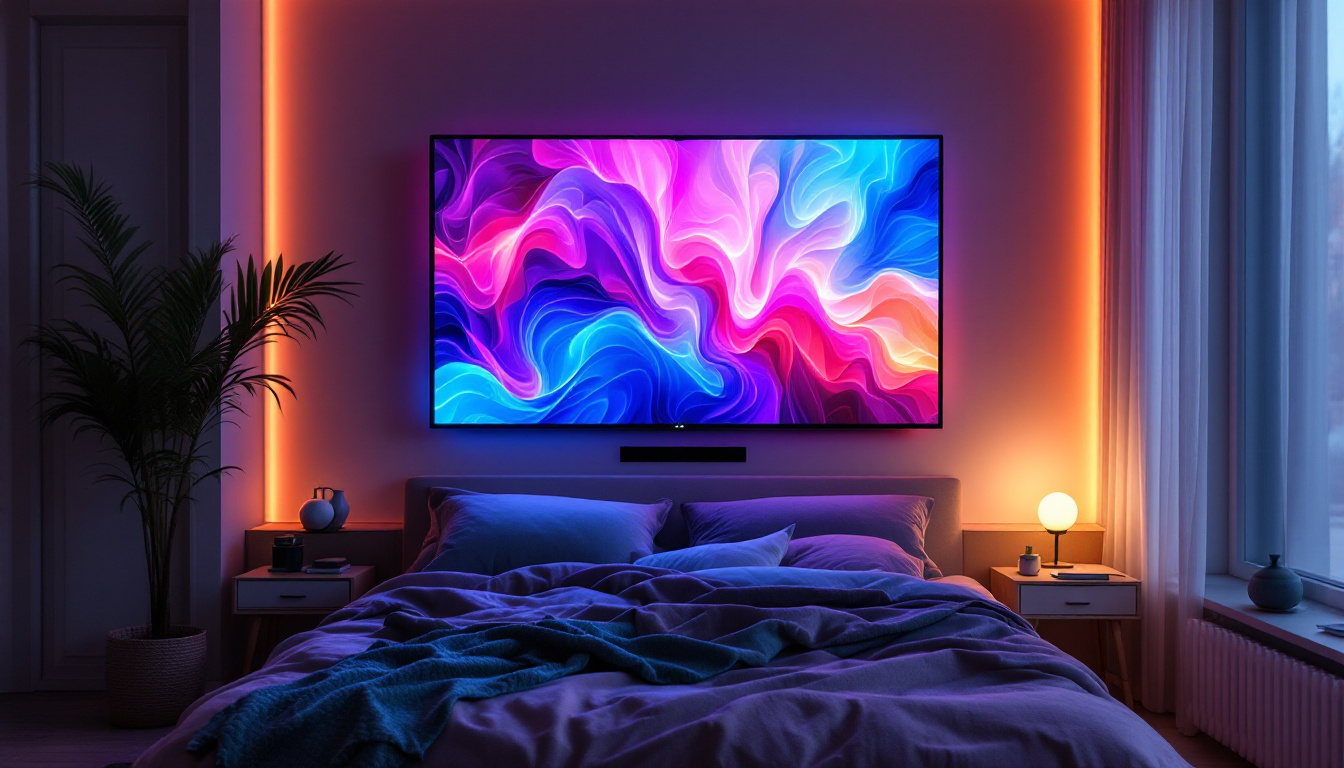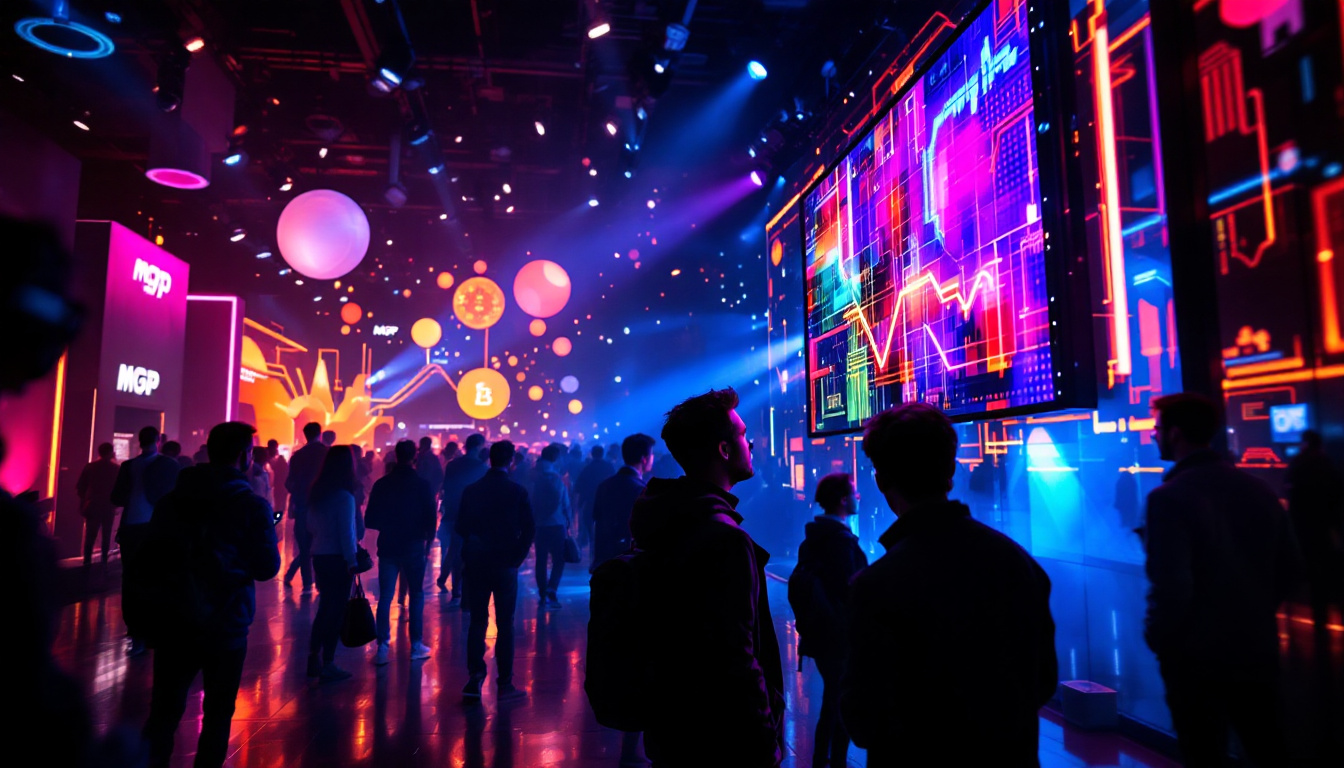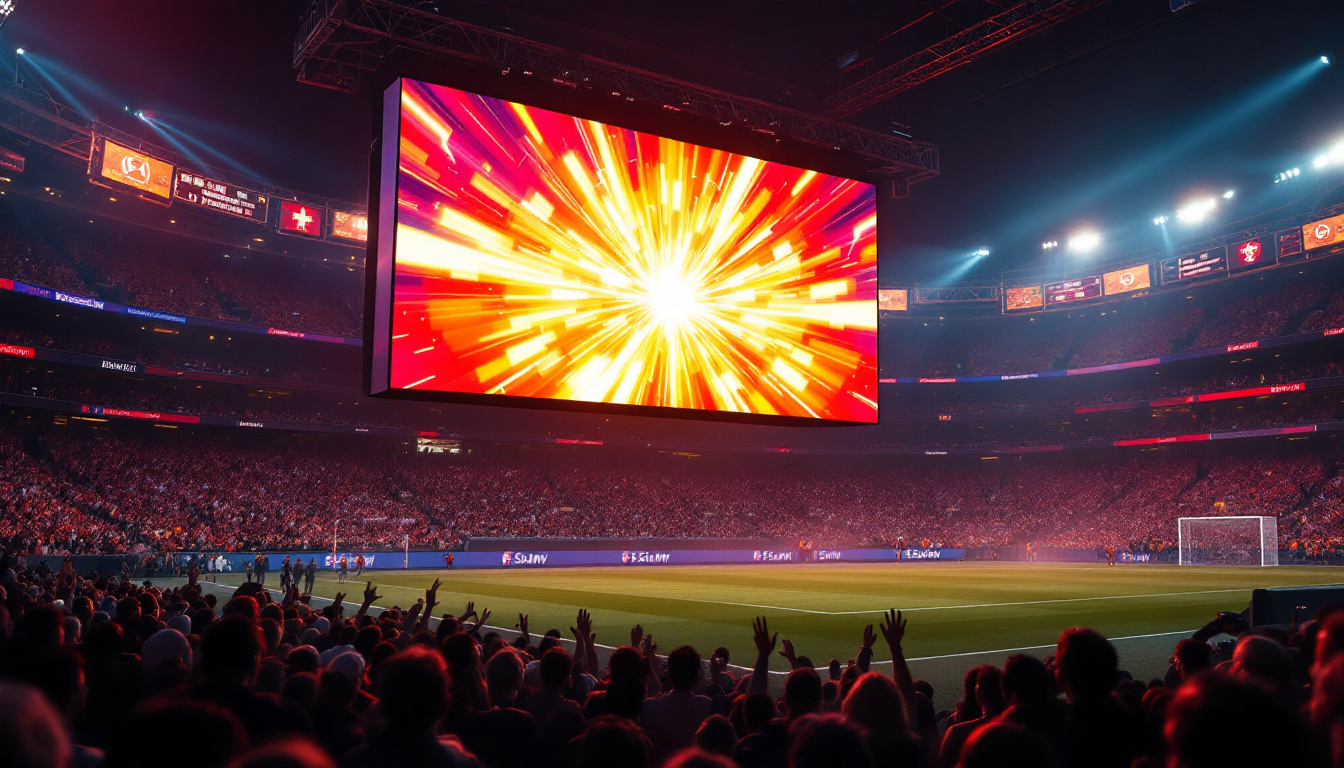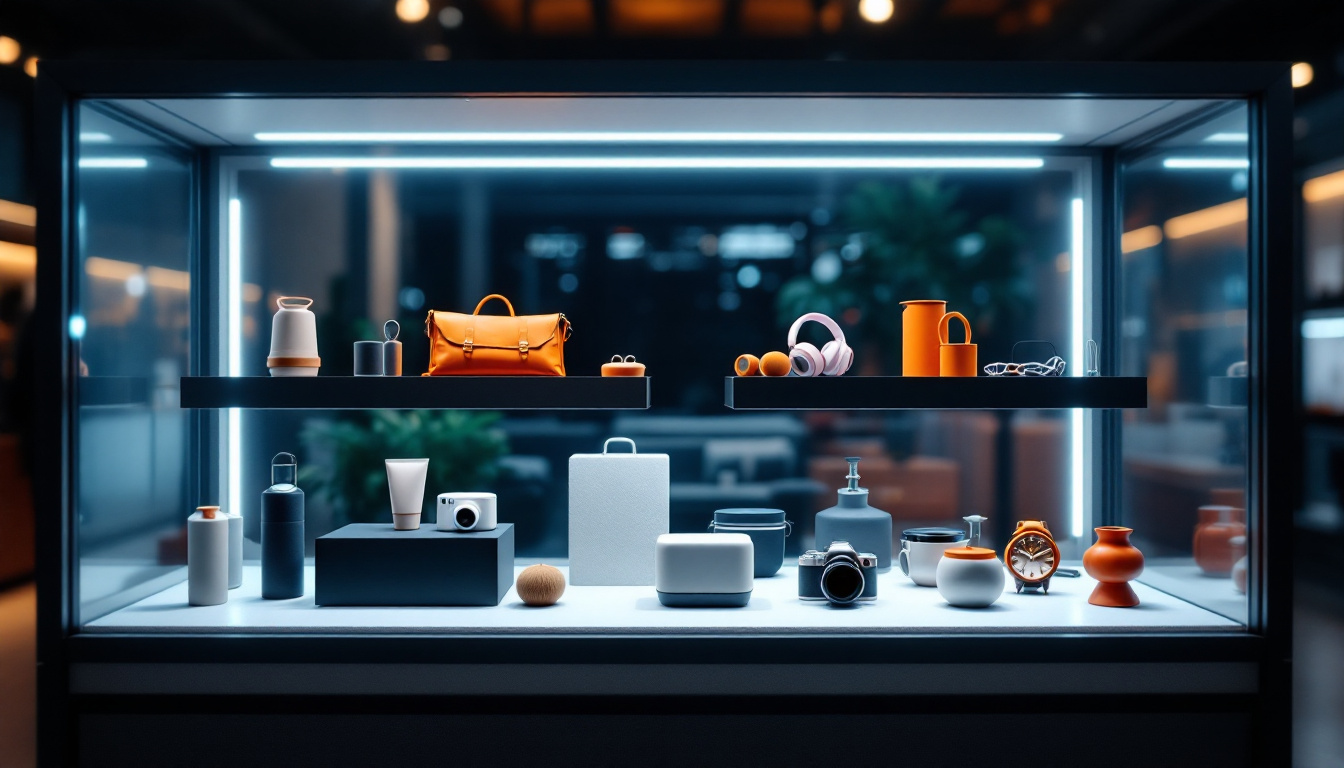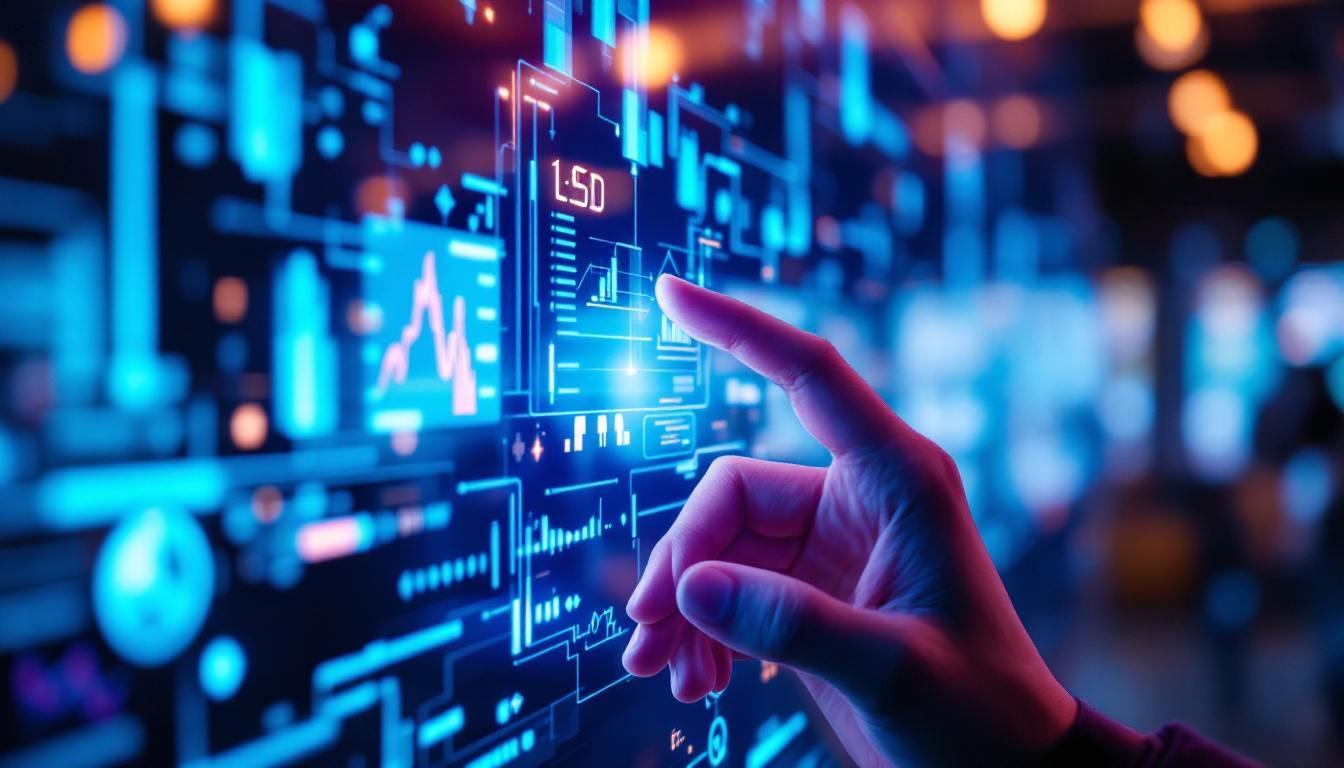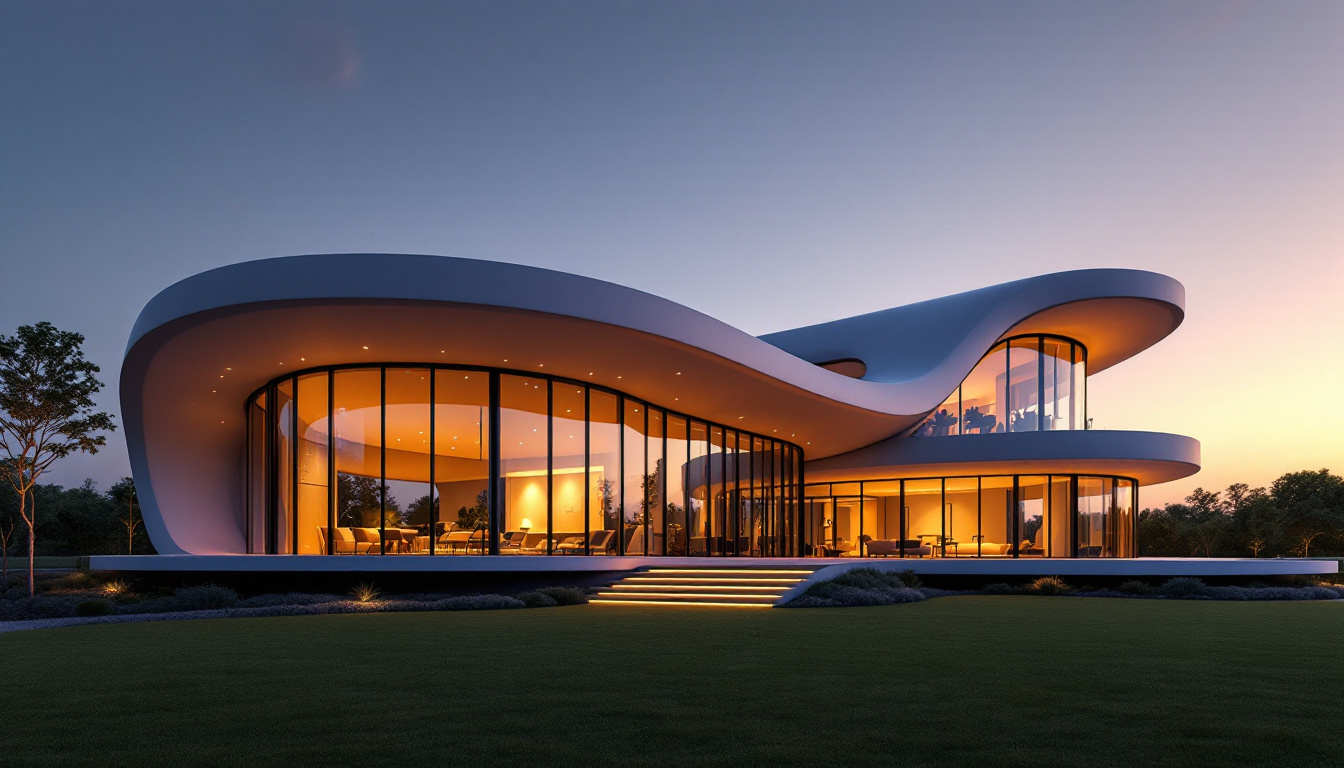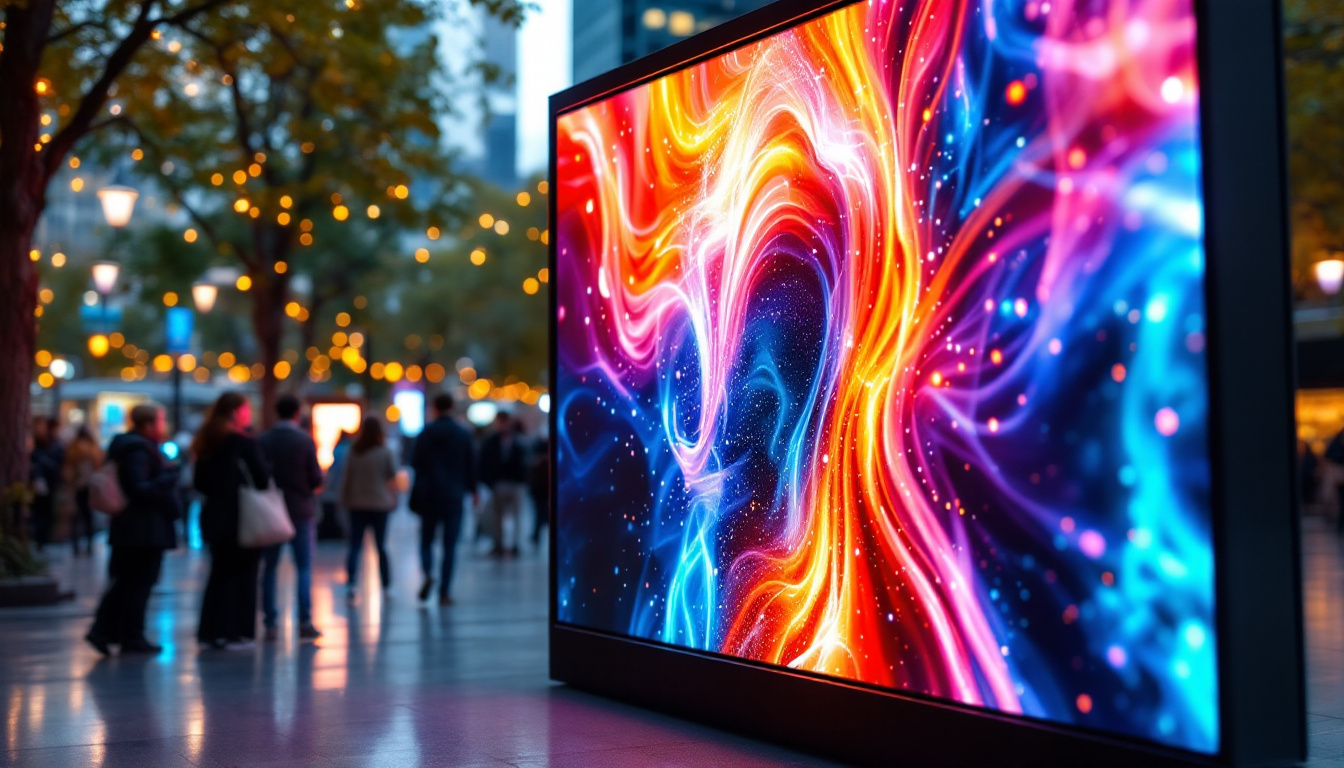In the world of modern technology, LED displays have emerged as a cornerstone of visual communication. From advertising billboards to digital signage in retail environments, these displays have revolutionized how information is conveyed. This article delves into the intricacies of LED displays, exploring their technology, applications, and the benefits they offer to various industries.
Understanding LED Technology
What is an LED?
LED stands for Light Emitting Diode, a semiconductor device that emits light when an electric current passes through it. This technology is at the heart of LED displays, which utilize numerous tiny LEDs to create vibrant images and videos. Unlike traditional incandescent bulbs, LEDs are energy-efficient and have a longer lifespan, making them a preferred choice for modern display solutions. The efficiency of LEDs allows them to convert a higher percentage of electricity into light, resulting in lower energy consumption and reduced heat output. This not only contributes to energy savings but also minimizes the risk of overheating, enhancing their safety and reliability.
How LED Displays Work
LED displays operate by combining red, green, and blue (RGB) LEDs to produce a full spectrum of colors. By adjusting the intensity of each color, these displays can create a wide range of hues and shades. The arrangement of LEDs can vary, leading to different types of displays, such as direct view and backlit displays. Direct view LED displays are composed of individual LED modules, while backlit displays use LEDs to illuminate a liquid crystal display (LCD) panel. The technology behind these displays also allows for dynamic content, meaning that images and videos can be updated in real-time, making them ideal for advertising and information dissemination. Furthermore, advancements in LED technology have introduced features such as high dynamic range (HDR) and improved color accuracy, enhancing the viewing experience significantly.
Types of LED Displays
There are several types of LED displays, each designed for specific applications. The most common types include:
- Indoor LED Displays: Typically used in venues like shopping malls, theaters, and conference rooms, these displays are designed for close viewing and offer high resolution. They often incorporate advanced features such as touch sensitivity, enabling interactive experiences for users, which can be particularly beneficial in educational and retail environments.
- Outdoor LED Displays: Built to withstand harsh weather conditions, outdoor displays are often used for billboards and large-scale advertising. They are usually less pixel-dense than indoor displays but are brighter to ensure visibility in sunlight. Many outdoor displays now come equipped with sensors that adjust brightness levels based on ambient light, ensuring optimal visibility at all times.
- Transparent LED Displays: These innovative displays allow light to pass through, making them ideal for storefronts and exhibitions where visibility is crucial. They can create stunning visual effects while maintaining a clear view of the products behind them, effectively merging the physical and digital worlds in retail spaces.
Additionally, there are specialized LED displays such as flexible LED screens, which can be bent and shaped to fit unconventional spaces, and high-resolution LED walls that are used in large events and concerts for immersive experiences. The versatility of LED technology continues to expand, with ongoing research and development leading to even more innovative applications, such as wearable displays and integration into smart home systems. As the demand for high-quality visual content grows, LED technology is poised to play an even more significant role in shaping the future of display solutions.
Applications of LED Displays
Advertising and Marketing
One of the most prominent applications of LED displays is in advertising. Brands utilize these displays for dynamic content that can be easily updated, allowing for real-time promotions and announcements. The eye-catching visuals of LED displays attract customers, making them an effective tool for marketing campaigns. With the ability to showcase vibrant colors and high-resolution images, LED displays can create a captivating atmosphere that draws in potential clients. Moreover, the flexibility of LED technology allows businesses to tailor their messages to specific audiences, enhancing engagement and conversion rates. For instance, a retail store can display targeted ads based on the time of day or season, ensuring that their promotions resonate with shoppers’ current needs.
Entertainment and Events
LED displays have become a staple in the entertainment industry, particularly in concerts, festivals, and sporting events. Large-scale LED screens provide audiences with an immersive experience, enhancing the overall enjoyment of the event. Their ability to display high-definition video and graphics makes them ideal for live performances. Beyond just visuals, LED displays can also integrate with sound systems to create synchronized audio-visual experiences that captivate audiences. For example, during a music festival, LED screens can showcase live feeds of performers, animated graphics, and even interactive elements that encourage audience participation. This not only elevates the entertainment value but also fosters a sense of community among attendees, as they share the experience in real-time.
Corporate and Educational Use
In corporate environments, LED displays are used for presentations, meetings, and information dissemination. They can serve as digital signage to convey important messages to employees and visitors. Educational institutions also benefit from LED displays, using them for announcements, schedules, and interactive learning experiences. In corporate settings, the versatility of LED technology allows for the seamless integration of data visualization tools, enabling companies to present complex information in a digestible format. For instance, a financial firm might use LED displays to showcase real-time stock market data, enhancing decision-making processes during meetings. In educational contexts, interactive LED displays can facilitate collaborative learning, allowing students to engage with content dynamically through touch or gesture-based controls. This not only makes learning more engaging but also caters to various learning styles, promoting a more inclusive educational environment.
Benefits of LED Displays
Energy Efficiency
One of the standout features of LED displays is their energy efficiency. Compared to traditional display technologies, LEDs consume significantly less power, which translates to lower operational costs. This efficiency not only benefits businesses financially but also contributes to environmental sustainability. In fact, many organizations are now prioritizing energy-efficient solutions as part of their corporate social responsibility initiatives, and LED displays fit perfectly into this strategy. By reducing energy consumption, companies can also minimize their carbon footprint, making a positive impact on the planet while enhancing their brand image.
Durability and Longevity
LED displays are known for their durability. They can withstand various environmental factors, including temperature fluctuations and humidity, making them suitable for both indoor and outdoor use. Additionally, LEDs have a long lifespan, often exceeding 50,000 hours, reducing the need for frequent replacements. This longevity not only saves money on maintenance and replacement costs but also minimizes waste, aligning with eco-friendly practices. Furthermore, the robust construction of LED displays means they are less prone to damage from impacts or vibrations, making them ideal for high-traffic areas such as shopping malls, airports, and sports venues.
High-Quality Visuals
The visual quality of LED displays is another compelling advantage. With high brightness levels and excellent color reproduction, these displays provide sharp and vibrant images, even in bright daylight. This quality ensures that content is always visible and engaging, regardless of the viewing conditions. Moreover, the ability to display dynamic content, such as videos and animations, enhances viewer engagement and retention. This feature is particularly beneficial for advertising and promotional campaigns, where capturing attention quickly is crucial. The versatility of LED displays also allows for various configurations, such as curved or flexible designs, enabling creative installations that can transform any space into a captivating visual experience.
Challenges and Considerations
Initial Investment
While LED displays offer numerous benefits, the initial investment can be a barrier for some businesses. The cost of purchasing and installing LED technology can be significant, especially for large-scale displays. However, it is essential to consider the long-term savings in energy and maintenance costs, which can offset the initial expenditure over time.
Technical Expertise
Implementing LED display technology may require specialized knowledge and skills. Businesses may need to invest in training or hire professionals to ensure proper installation and maintenance. This requirement can add to the overall cost and complexity of adopting LED display solutions.
Content Management
To maximize the effectiveness of LED displays, businesses must also consider content management. Creating engaging and relevant content is crucial for capturing the audience’s attention. This may involve hiring content creators or investing in software solutions to streamline the process of updating and managing display content.
The Future of LED Displays
Advancements in Technology
The LED display industry is constantly evolving, with advancements in technology paving the way for even more innovative solutions. Developments such as microLED and OLED technologies promise to enhance the quality and efficiency of displays further. These innovations could lead to thinner, lighter displays with improved performance and lower energy consumption.
Integration with Smart Technologies
As the world becomes increasingly interconnected, the integration of LED displays with smart technologies is on the rise. This integration allows for more interactive and personalized experiences, such as touch-sensitive displays and augmented reality applications. Businesses can leverage these technologies to create engaging environments that resonate with their audiences.
Sustainability Initiatives
With growing concerns about environmental sustainability, the LED display industry is also focusing on eco-friendly practices. Manufacturers are exploring ways to reduce waste and improve recycling processes for LED components. As consumers become more environmentally conscious, businesses that adopt sustainable practices may gain a competitive edge.
Conclusion
LED displays have transformed the landscape of visual communication, offering unparalleled benefits in terms of energy efficiency, durability, and visual quality. Their versatility allows for a wide range of applications, from advertising and entertainment to corporate and educational uses. While challenges such as initial investment and content management exist, the long-term advantages often outweigh these considerations.
As technology continues to advance, the future of LED displays looks promising. With innovations on the horizon and a growing emphasis on sustainability, businesses that embrace LED technology will be well-positioned to thrive in an increasingly digital world. Whether for enhancing brand visibility or creating immersive experiences, LED displays are set to remain a vital component of modern communication strategies.
Discover the Future of Visual Communication with LumenMatrix
Ready to elevate your visual communication strategy with the latest in LED display technology? LumenMatrix is at the forefront of creating dynamic and engaging visual experiences that captivate audiences and amplify your brand’s message. From versatile Indoor LED Wall Displays to impactful Outdoor LED Wall Displays, and from sleek LED Poster Displays to immersive LED Sports and Floor Displays, our solutions are designed to meet your unique needs. Embrace the future with our Custom, All-in-One, and Transparent LED Displays, and see how our commitment to innovation can transform your space. Check out LumenMatrix LED Display Solutions today and join the revolution in visual communication.


